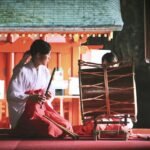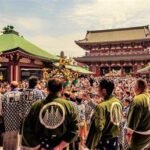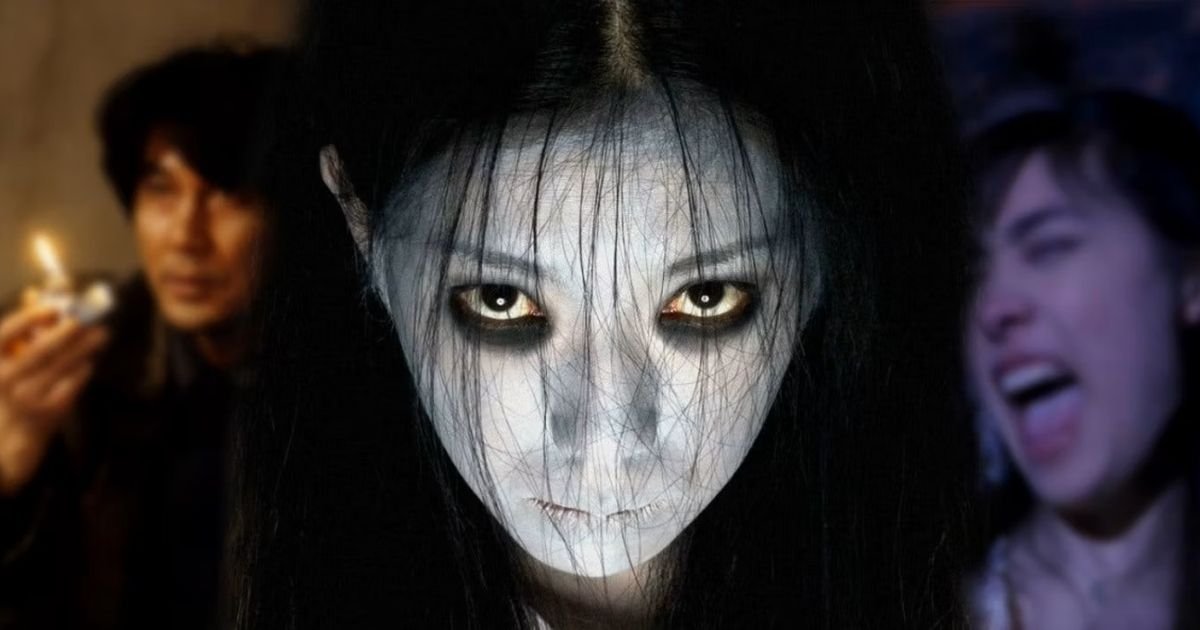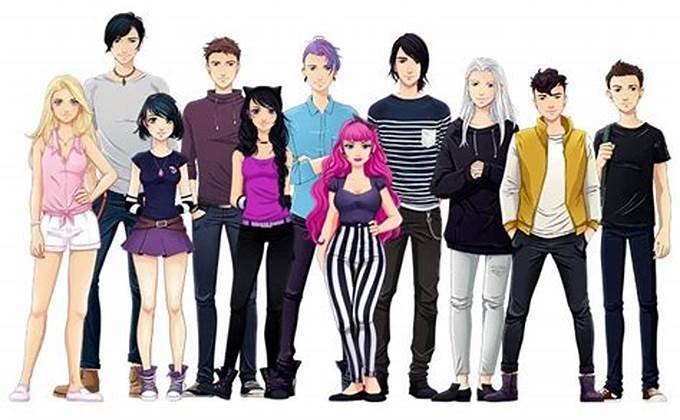Traditional Japanese theater, with its rich history and unique aesthetic, has significantly influenced modern Japanese cinema. From visual storytelling techniques to character archetypes and narrative structures, the influence of theater forms like Noh, Kabuki, and Bunraku can be seen in many contemporary films. This blend of ancient theatrical traditions with modern filmmaking has shaped the distinctive style of Japanese cinema, creating a seamless connection between the past and present.

Noh Theater: Minimalism and Symbolism
Noh theater is one of the oldest and most revered forms of Japanese drama. Known for its minimalist stage, slow, deliberate movements, and symbolic storytelling, Noh focuses on introspection and spiritual themes. This form of theater often uses masks to represent various emotions and archetypes.
Impact on Modern Cinema:
The minimalist approach of Noh can be seen in the works of renowned directors like Yasujirō Ozu and Akira Kurosawa. Ozu’s films, such as Tokyo Story, reflect the subtle, introspective nature of Noh, where the focus is on human emotion and relationships rather than grandiose actions. Kurosawa, on the other hand, often incorporates Noh-inspired elements in films like Throne of Blood (his adaptation of Macbeth), where the use of masks and stylized performances evoke the eerie, spiritual atmosphere of Noh theater.
Kabuki: Exaggeration and Dramatic Flourish
Kabuki is a vibrant and dramatic form of Japanese theater known for its elaborate costumes, exaggerated expressions, and dynamic movements. Unlike the subtlety of Noh, Kabuki is loud, colorful, and action-packed, often featuring larger-than-life characters.
Impact on Modern Cinema:
Kabuki’s influence can be seen in the heightened drama and expressive performances in certain Japanese films, especially those dealing with historical and samurai themes. Directors like Kenji Mizoguchi have used Kabuki’s theatricality in films such as Ugetsu, where dramatic costumes, bold acting, and exaggerated storytelling create a visual spectacle. Kabuki’s influence is also evident in anime, where characters often have exaggerated emotions and actions, mirroring the theatrical performances seen on the Kabuki stage.
Bunraku: Puppetry and the Art of Storytelling
Bunraku, the traditional Japanese puppet theater, focuses heavily on narrative and visual storytelling. The precision and artistry of puppetry in Bunraku require a deep understanding of movement and emotion, which translates well into the visual medium of cinema.
Impact on Modern Cinema:
The intricate storytelling methods of Bunraku have influenced filmmakers who value strong visual narratives. In anime, particularly in the works of Studio Ghibli, there is a focus on fluid movements and detailed expressions reminiscent of Bunraku puppetry. Films like The Tale of the Princess Kaguya, directed by Isao Takahata, utilize a blend of traditional storytelling with modern animation techniques, echoing the craftsmanship of Bunraku performances.
Character Archetypes and Narrative Structures
Traditional Japanese theater is known for its distinct character archetypes, from the tragic hero of Noh to the flamboyant villains of Kabuki. These archetypes have seamlessly transitioned into modern Japanese cinema, where they are adapted and reinterpreted for new audiences.
Impact on Modern Cinema
Samurai films, in particular, often feature characters that resemble those found in Kabuki and Noh. The stoic, honorable samurai seen in Kurosawa’s Seven Samurai is an evolution of the archetypal Noh hero, while the flamboyant villains in films like Lone Wolf and Cub take cues from Kabuki’s theatrical antagonists. These timeless characters provide a cultural continuity between the theater and modern film, linking the two art forms.
Visual Aesthetics: Use of Space and Movement
Both Noh and Kabuki make masterful use of space and movement to convey emotion and tell stories. Noh’s sparse, controlled movements contrast with Kabuki’s energetic, sweeping gestures. This controlled use of space and movement has translated to the framing and choreography of modern films.
Impact on Modern Cinema:
Directors like Kenji Mizoguchi, known for his long takes and fluid camera movements, were influenced by the theatrical use of space in Kabuki and Noh. His film The Life of Oharu showcases delicate camera work that mirrors the controlled, deliberate movements seen on a Noh stage. Similarly, the battle scenes in samurai films often reflect Kabuki’s dynamic and dramatic use of movement.
Conclusion
The influence of traditional Japanese theater is deeply embedded in modern Japanese cinema. Whether through the symbolic minimalism of Noh, the expressive drama of Kabuki, or the storytelling precision of Bunraku, these ancient forms have shaped the narrative and visual language of Japan’s film industry. By blending the old with the new, Japanese cinema continues to honor its theatrical heritage while pushing the boundaries of modern storytelling.










